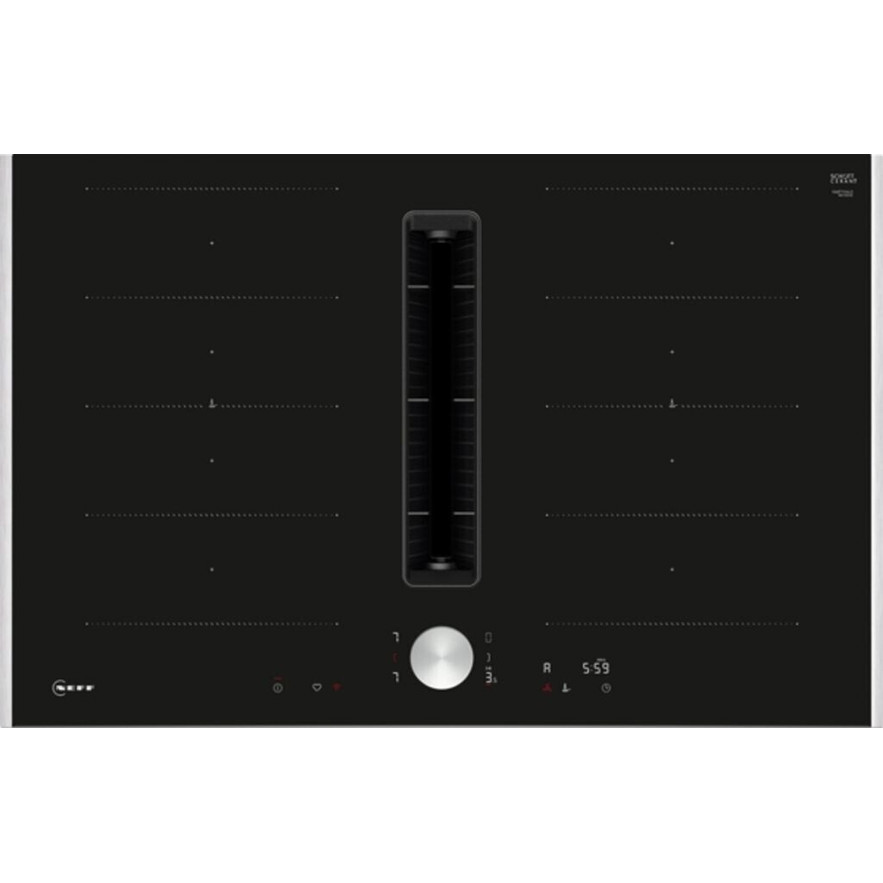Self-Contained Induction Hob Test: A Comprehensive Overview
Intro
As the cooking world develops, so does the innovation behind cooking devices. Among the significant developments, induction hobs have actually become a frontrunner in energy-efficient cooking solutions. Induktionsfeld 80 Cm Test digs into the complexities of self-contained induction hobs, discussing their features, advantages, typical misconceptions, and comprehensive testing method.
Understanding Self-Contained Induction Hobs
What Is an Induction Hob?
An induction hob is a cooking surface area that uses electromagnetic induction to straight heat pots and pans. Unlike standard gas or electrical cooktops, which rely on heating elements or flames, induction cooking warms the cookware itself, significantly improving performance and control over cooking temperature levels.
Self-Contained Induction Hobs
A self-contained induction hob is a standalone system that integrates the cooking surface area and the required electrical parts in one compact device. These hobs are perfect for little kitchens, camping journeys, or for those who desire versatility in cooking spaces.
Key Features of Self-Contained Induction Hobs
- Safety: Induction hobs remain cool to the touch, decreasing the risk of burns.
- Energy Efficiency: Approximately 90% of energy is directed to the pots and pans, minimizing waste.
- Temperature Control: Fine-tuning heat settings is faster and more precise compared to conventional techniques.
- Easy to Clean: The flat surface area is easy to clean down, and spills do not burn onto the surface.
- Mobility: Many self-contained units are light-weight and compact, making them simple to transport.
Benefits of Using Self-Contained Induction Hobs
| Advantage | Description |
|---|---|
| Quick Cooking | Fast heating minimizes cooking times significantly. |
| Environmental Impact | Lower energy use equates to a smaller carbon footprint. |
| Very Little Heat Loss | Less ambient heat keeps kitchens cooler, particularly in summer season. |
| Flexibility | Can be used for different applications consisting of but not restricted to indoor and outside cooking. |
| User-Friendly | Intuitive controls make them available for cooks of all levels. |
Testing Self-Contained Induction Hobs
Checking an induction hob needs a systematic method to evaluate its performance, efficiency, and safety. The following requirements form the basis for a comprehensive evaluation.
Testing Methodology
Table 1: Performance Testing Criteria
| Requirement | Description |
|---|---|
| Heating Time | Step time required to boil water or reach desired temperature. |
| Temperature Control | Take a look at the precision and responsiveness of temperature level settings. |
| Energy Consumption | Display energy use throughout the cooking duration. |
| Security Features | Examine automatic shut-off, surface area temperature, and safety lock systems. |
| Relieve of Use | Evaluate the user interface, control layout, and guideline clarity. |
| Mobility | Check the weight and overall ease of motion. |
Evaluating Process
Heating Time
- Start by filling a standard pot with a particular volume of water (e.g., 1 liter).
- Tape-record the time required to reach a rolling boil.
- Repeat the test under various settings to evaluate consistency.
Temperature level Control
- Set the induction hob to different temperature level levels (e.g., low, medium, high).
- Use an infrared thermometer to verify the temperature level precision of the cooking surface area and cookware.
Energy Consumption
- Use a power meter to track energy use throughout cooking.
- Compare this information versus standard cooking methods, if relevant.
Security Features
- Test the automated shut-off feature by switching off the hob throughout use.
- Assess the surface temperature level after cooking to guarantee minimal burns.
Alleviate of Use
- Take part in a user test, including amateur and skilled cooks, to get feedback on control functionality and clarity.
Portability
- Examine the hob for weight, size, and the efficiency of functions like cable storage for easy transport.
Analysis of Results
After carrying out the tests, put together the information into an extensive report that sums up the findings.
Table 2: Summary of Test Results
| Feature | Findings |
|---|---|
| Heating Time | 1 liter of water boiled in 4 minutes at maximum setting. |
| Temperature Control | ± 1 ° C variance from set temperature level reported. |
| Energy Consumption | 1500 W average use during peak cooking. |
| Security Features | Automatic shut-off triggered after 10 minutes of inactivity. |
| Relieve of Use | 90% of users found controls instinctive and useful. |
| Mobility | Weighs 4 kg, compact dimensions of 60 cm x 40 cm. |
FAQs About Self-Contained Induction Hobs
Q: Are all cookware types suitable with induction hobs?
- A: No, pots and pans must be ferrous (magnetic). Stainless steel and cast iron are generally compatible, while glass, ceramic, and aluminum without a magnetic base are not.
Q: Can induction hobs be utilized outdoors?
- A: Yes, supplied there's access to a suitable power source. Numerous portable models are created for outdoor usage.
Q: Are self-contained induction hobs energy effective?
- A: Yes, induction hobs are more energy-efficient than other cooking approaches, utilizing almost 90% of the energy generated efficiently.
Q: What upkeep is needed for induction hobs?
- A: Regularly tidy the surface area after usage to prevent stains and scratches. Prevent abrasive cleaners.
Q: Do induction hobs make sound?
- A: Some may produce a minor buzzing sound when in use, which is normal and may differ based upon the cooker's power settings.
Self-contained induction hobs represent a considerable development in cooking innovation, providing safe, efficient, and convenient cooking alternatives. Through organized testing and assessment, these versatile appliances can fulfill the needs of modern cooking practices. As innovation continues to advance, the benefits of induction cooking are vast, impacting sustainability and enhancing the total cooking experience.

